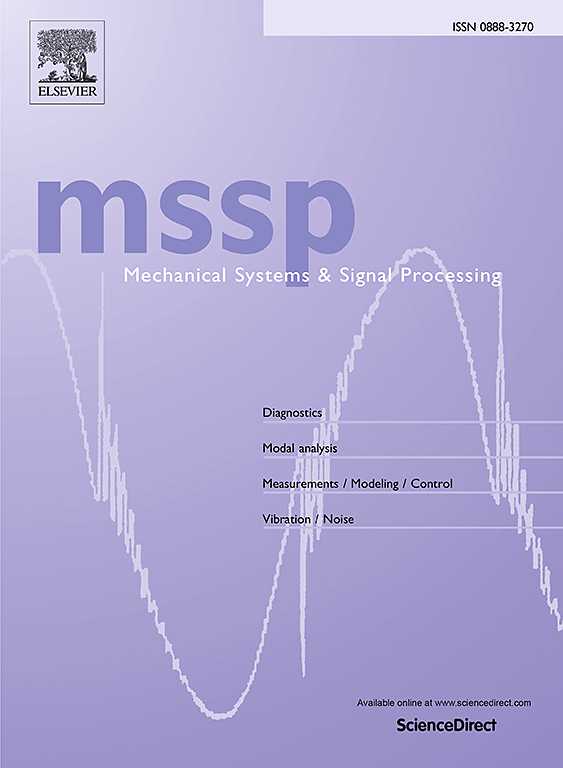基于机器学习的压裂工艺区声发射信号识别与分类
IF 7.9
1区 工程技术
Q1 ENGINEERING, MECHANICAL
引用次数: 0
摘要
本文章由计算机程序翻译,如有差异,请以英文原文为准。
Machine learning-based identification and classification of acoustic emission signals from fracture process zones
Since exploring the tensile properties of cementitious materials is an effective method for identifying the damage state of a structure, a concrete cylinder is conducted by an ultimate tensile test using a pressure tension machine, where the fracture processes are monitored by acoustic emission (AE) techniques. Based on the assessment of the proposed external evaluation framework, the infinite Bayesian gaussian mixture model (BGMM) achieves superior performance with high scores across various evaluation metrics, including Precision (0.9915), Recall (0.9871), F1 Score (0.9892), Jaccard Similarity (0.9892), Mutual Information (1.1875), and Fowlkes-Mallows Index (0.9902). These scores are approximately 0.2 points higher than those achieved by GMM and K-Means, highlighting its enhanced clustering capability. The infinite BGMM is therefore introduced to detect and classify the AE signals from fracture process zones (FPZs). As the analysis shows, in the frequency centroid (C-FRQ) domain, the distribution of the AE hits in a FPZ is statistically defined as a two-component Gaussian mixture model composed of a normal distribution of hits from shear cracks alongside a normal distribution from tensile cracks. Concurrently, as the applied pressure increases, the means of the C-FRQ distributions of the shear and tensile cracks within a fracture zone gradually converge.
求助全文
通过发布文献求助,成功后即可免费获取论文全文。
去求助
来源期刊

Mechanical Systems and Signal Processing
工程技术-工程:机械
CiteScore
14.80
自引率
13.10%
发文量
1183
审稿时长
5.4 months
期刊介绍:
Journal Name: Mechanical Systems and Signal Processing (MSSP)
Interdisciplinary Focus:
Mechanical, Aerospace, and Civil Engineering
Purpose:Reporting scientific advancements of the highest quality
Arising from new techniques in sensing, instrumentation, signal processing, modelling, and control of dynamic systems
 求助内容:
求助内容: 应助结果提醒方式:
应助结果提醒方式:


